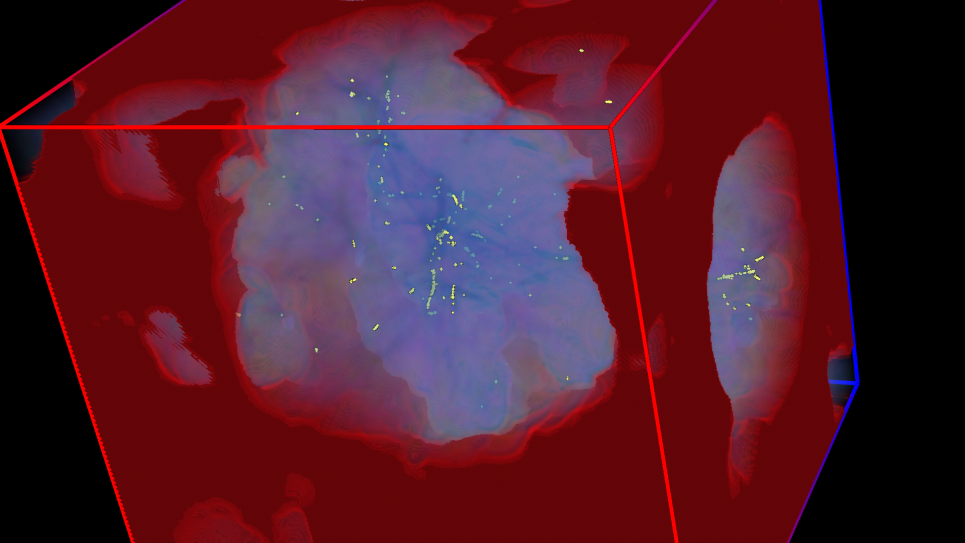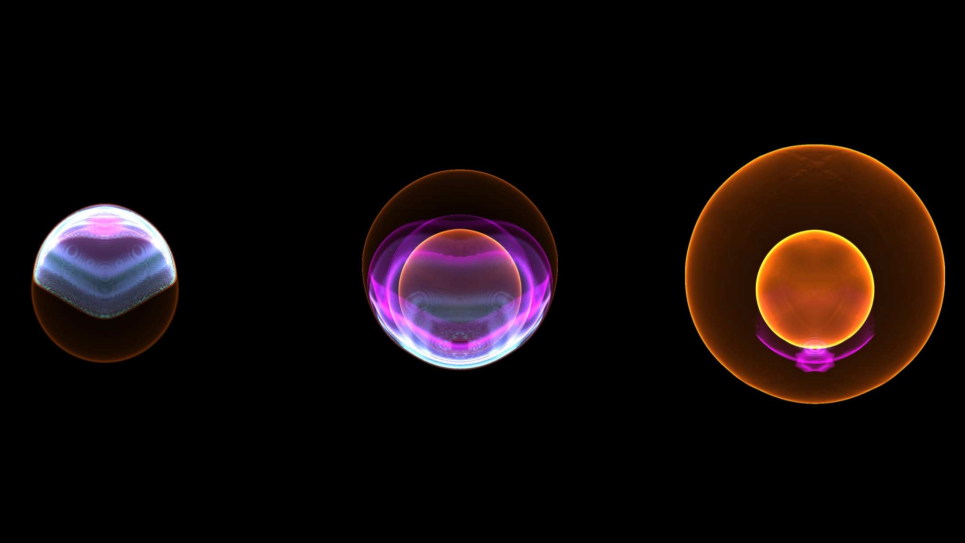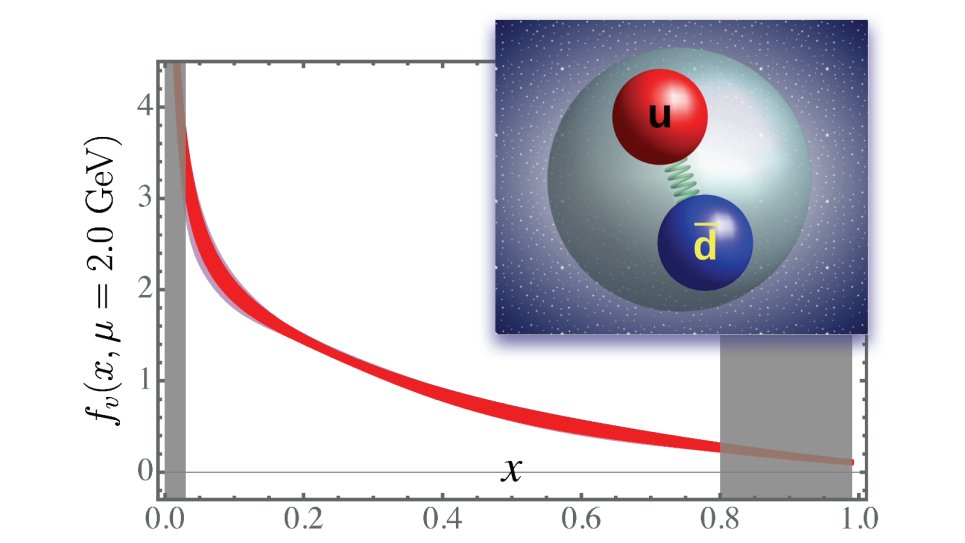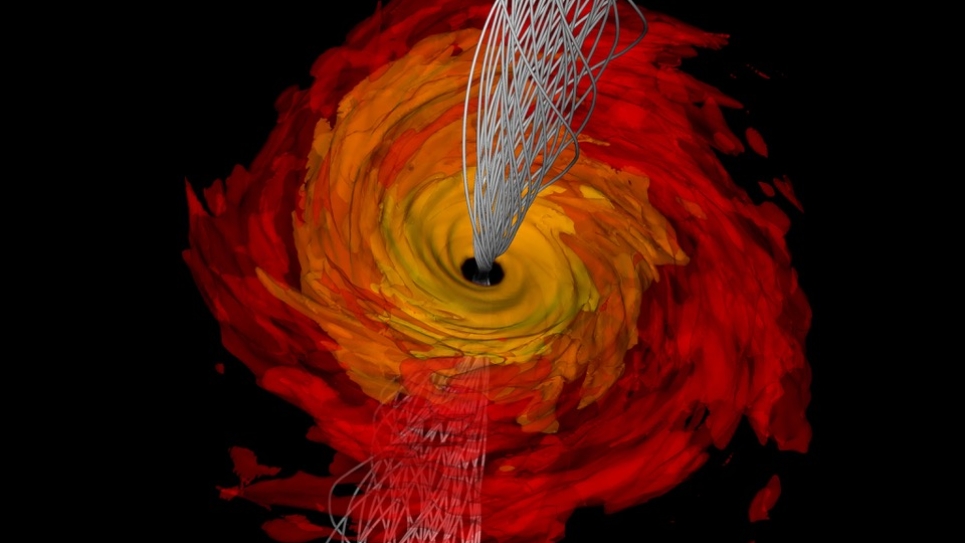
Cosmic Reionization On Computers
Cosmic reionization, one of major phase changes in the universe, was the process in which neutral cosmic gas was ionized by high-energy radiation from early galaxies. In the National Research Council’s most recent Astronomy and Astrophysics Decadal Survey (Astro2010), cosmic reionization was highlighted as one of the most promising areas of research. With a better understanding of this process, researchers will be able to shed light on other aspects of modern cosmology, including cosmic microwave background observations and the physical state of intergalactic gas in front of high redshift quasars.
Because the observational constraints on reionization are limited, theoretical modeling and numerical simulations play a critical role in reionization studies. The emergence of modern petascale supercomputers, like Mira, is enabling potential breakthroughs in the field that were impossible to pursue in the past
Taking advantage of this technological progress, the Fermilab research team started the Cosmic Reionization On Computers project to carry out simulations that model all relevant physics, from radiative transfer to gas dynamics and star formation. The simulations will be performed in volumes of over 100 comoving megaparsecs and with spatial resolution approaching 100 parsecs to cover the full range of spatial, temporal, and mass scales needed to study reionization.
Results from this project will be instrumental in achieving a wide range of scientific goals, from understanding the detailed physics of the reionization process, to providing theoretical predictions of the spatial distribution and internal properties of early galaxies for future observations with the James Webb Space Telescope. This work will also help researchers to explore other recent observational campaigns, including the residuals of reionization in the absorption spectra of distant quasars that were discovered by the Sloan Digital Sky Survey.


